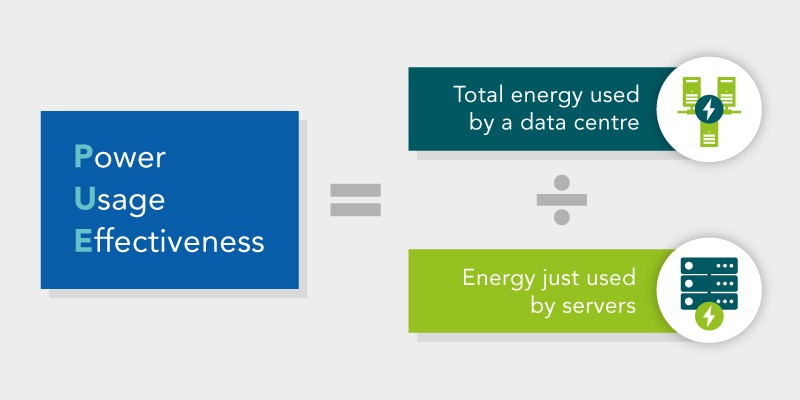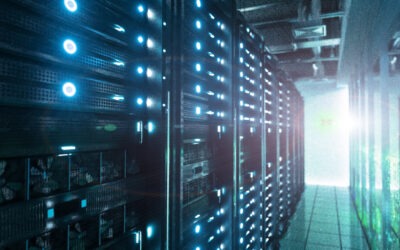As global use of the internet rises sharply each year, data centres might be the only way to keep this enormous industry energy efficient.
Why is internet use such an impact on energy consumption?
Internet analyst firm Gartner predicts there will be 20.4 billion devices connected to the Internet of Things by 2020. And while we like to think of the internet floating around us and our devices pulling information out of the air, the reality is that supporting the infrastructure of all these devices needs real-world servers to store the data and establish connections. These servers use energy, and a lot of it.
The amount of servers being used around the world is increasing at a massive rate. This is in response to increasing internet use: the amount of people using the internet goes up by 1 million every day. As a result the energy efficiency of server rooms is only going to become more important as time goes on.
Running server rooms uses a colossal amount of energy, and it’s not just the servers themselves, but there are other processes requiring energy including:
- Cooling the server racks
- Maintaining a fire suppression system
- Operating security equipment like cameras and secure doors
Why are data centres such a key factor in a sustainable future?
Data centres are an essential part of achieving a green information industry due to their efficiency. All of the big tech companies, like Apple and Alphabet (Google’s parent company), have built and continue to build their own dedicated data centres for this exact reason. But companies which don’t have the requirements or the resources to build multi-million-pound facilities still have an option to make use of a data centre through ‘colocation’.
Colocation is a much greener IT option compared to server rooms which smaller, well established companies are likely to have. The prime example of this is cooling, since data centres can utilise large-scale cooling systems, while smaller systems have to rely on more traditional air con units.
PUE (Power Usage Efficiency) is the value used to monitor how energy-efficient data centres are, and since energy use has a direct connection to emission output it’s also a good benchmark to see how green their technology is. PUE is calculated like this:
Total energy used in the data centre ÷ The energy used by just the computers = PUE
A few years ago the average PUE of a data centre was well over a score of 2, which meant that for every KW used by IT equipment, over a KW was used to keep the rest of the facility running. Today Google boasts a PUE of 1.11, which is a colossal increase in efficiency. And Google isn’t the only company that has made this upgrade, with smaller data centres following closely behind (for example Redcentric has a PUE only 0.03 different).
What technology has made this possible?
Making cooling more efficient has been an important step forward in reducing energy consumption by data centres. Some companies are choosing to build their data centres in countries with cold climates, to use the frigid air around them in their cooling systems. There are even data centres where their waste heat is used to heat people’s homes.
In countries where a cold climate isn’t available, new technologies making use of other natural processes (such as evaporation), have been developed. Large cooling towers have warm water flow through them and use evaporation to cool, with minimal energy input needed. These are such a significant technological step towards a sustainable future, companies such as Redcentric have won design awards for installing them in recent years.
There is even progress toward making immersion cooling technology widely available. This involves physically dunking the computer hardware into a container of non-conductive coolant, which is a remarkably efficient process. Technology like this is what will continue to allow data centres to reduce their PUEs even further.
What does this all mean for the future?
For us to have a future with green IT services, we need to continue the trend of the majority of servers being run from data centres, and data centres being responsible for ensuring they use sustainable systems.
If you’re looking to try and make your company more eco-friendly, a very green option is to look into colocation. In the same way that people on a bus have a lower individual carbon footprint compared to people in a car, companies who transfer their servers to data centres lower their carbon footprint rather than keeping them in-house.
If you want to explore colocation options for your company, you can take a look here to see if its benefits are a good fit for your company. Or get in touch to receive advice from one of our experts.


